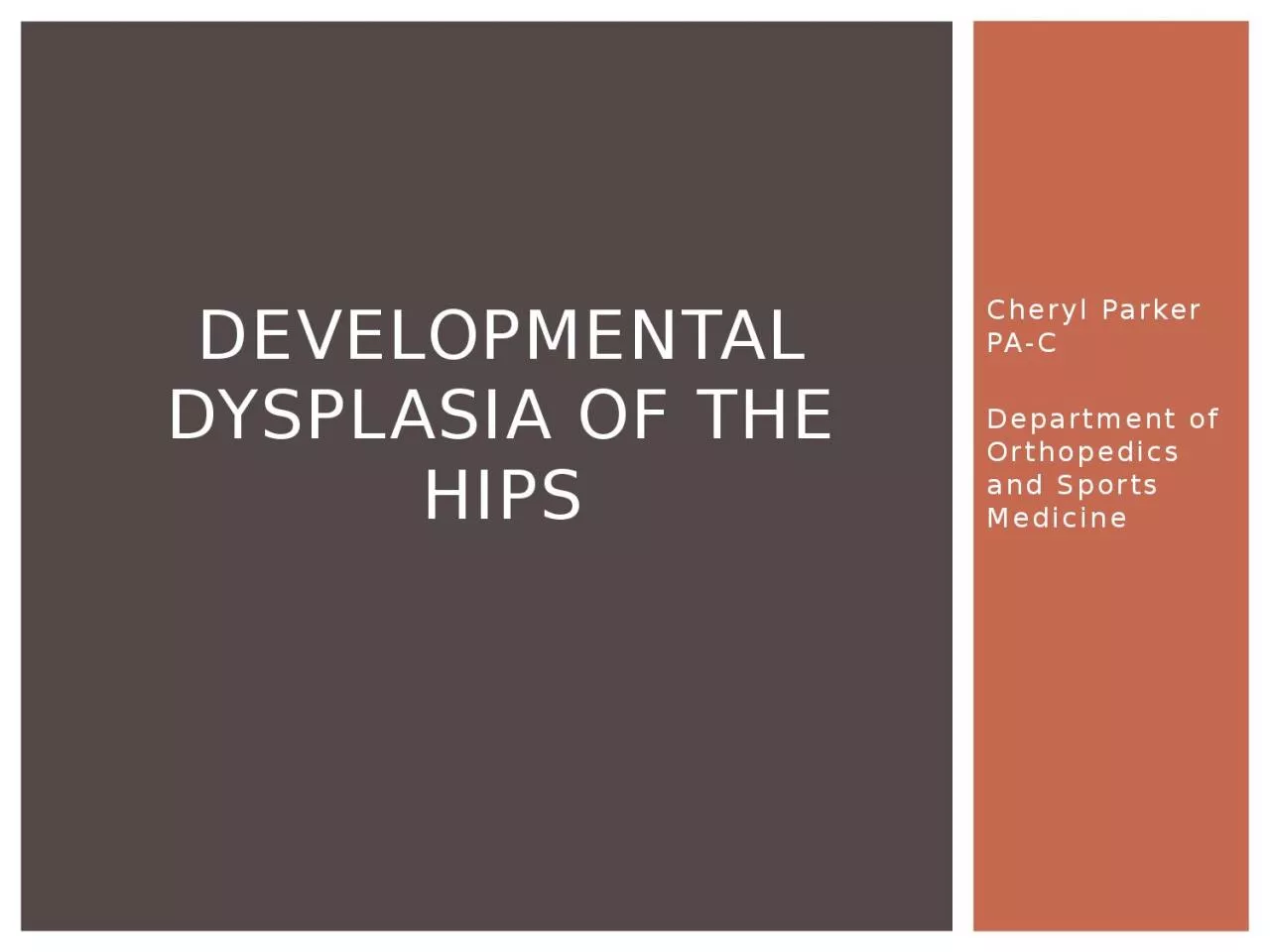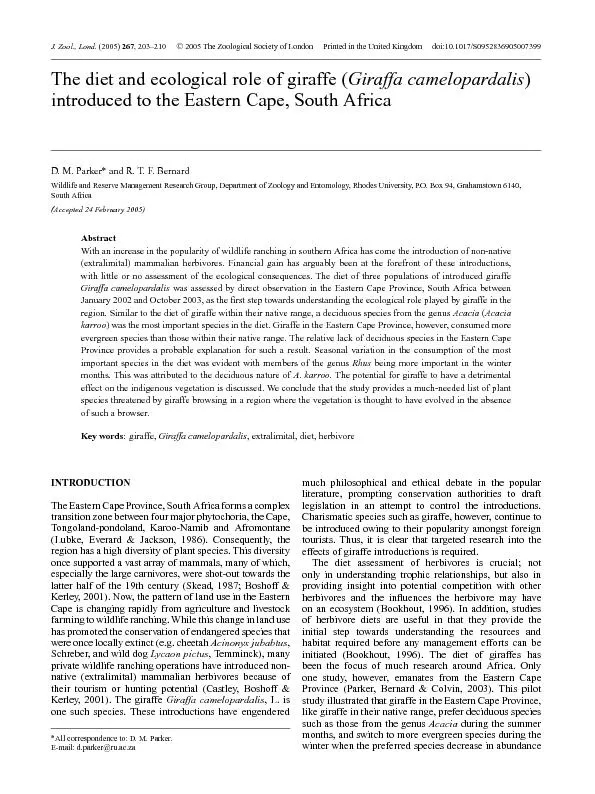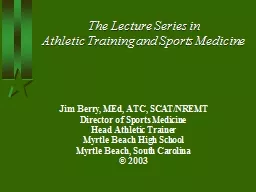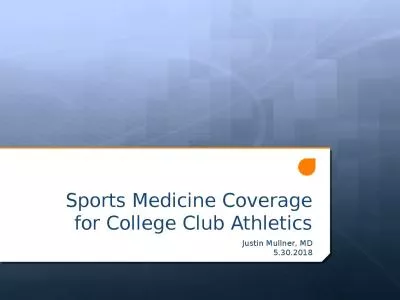PPT-Cheryl Parker PA-C Department of Orthopedics and Sports Medicine
Author : everly | Published Date : 2023-05-29
Developmental Dysplasia of the Hips DDH formerly known as CDH A generic term describing abnormalities of the hip that may be congenital or occur during infancy
Presentation Embed Code
Download Presentation
Download Presentation The PPT/PDF document "Cheryl Parker PA-C Department of Orthope..." is the property of its rightful owner. Permission is granted to download and print the materials on this website for personal, non-commercial use only, and to display it on your personal computer provided you do not modify the materials and that you retain all copyright notices contained in the materials. By downloading content from our website, you accept the terms of this agreement.
Cheryl Parker PA-C Department of Orthopedics and Sports Medicine: Transcript
Download Rules Of Document
"Cheryl Parker PA-C Department of Orthopedics and Sports Medicine"The content belongs to its owner. You may download and print it for personal use, without modification, and keep all copyright notices. By downloading, you agree to these terms.
Related Documents














